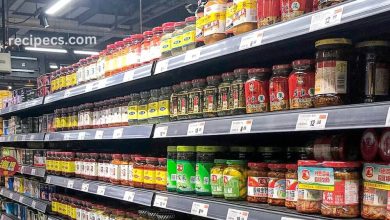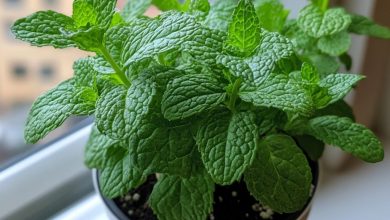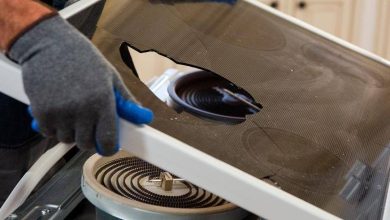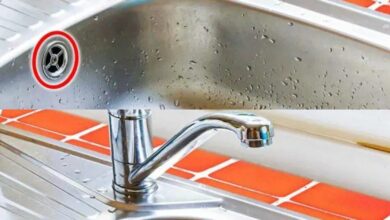What Is That White Stuff in Your Egg?
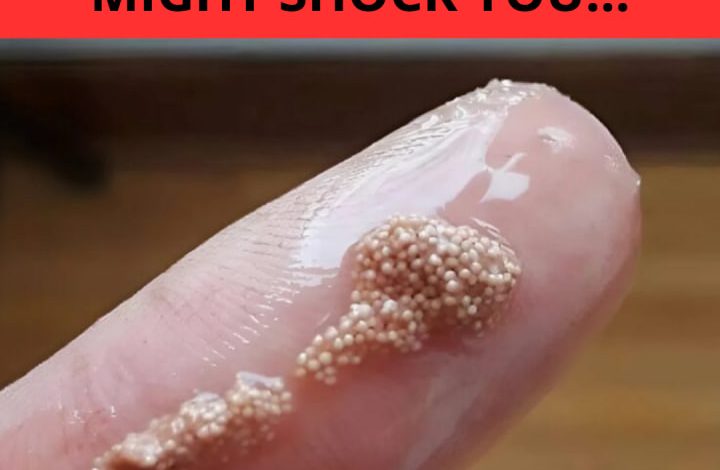
Imagine this: You’re cracking an egg for a perfect breakfast, and suddenly you see something unexpected—small, white, jelly-like pieces floating in the egg white. It’s a surprising sight that can instantly make you wonder if the egg is safe to eat. This is a very common experience, and if it has happened to you, rest assured, you’re not alone. The initial reaction might be to worry about an infection, an expired egg, or a health hazard, but the good news is, there’s a simple, scientific explanation for it.
ADVERTISEMENT
The Shocking Truth About Those “Uninvited Guests”
That “curious little white, jelly-like and transparent pieces” you might find in an egg are actually a natural and normal part of the egg’s structure. They are often chalazae (ka-lay-zee), which are twisted, cord-like strands made of protein. These are not signs of a bad egg; quite the opposite! The chalazae’s job is to anchor the yolk in the center of the egg white, keeping it in place. The more prominent and visible the chalazae are, the fresher the egg is. They’re a sign that your egg is high quality and ready to be used.
ADVERTISEMENT
Another possibility for the white residue is a small amount of albumen, which is the technical name for the egg white. Sometimes, tiny bits of concentrated albumen can appear as a thicker, more opaque white spot. These are also completely harmless.
ADVERTISEMENT
Why You Can Stay Calm and Crack On
So, should you panic or stay calm? The answer is to definitely stay calm. As the original poster discovered, “these white residues are neither rare nor dangerous.” They are simply natural deposits that form during the egg’s creation.
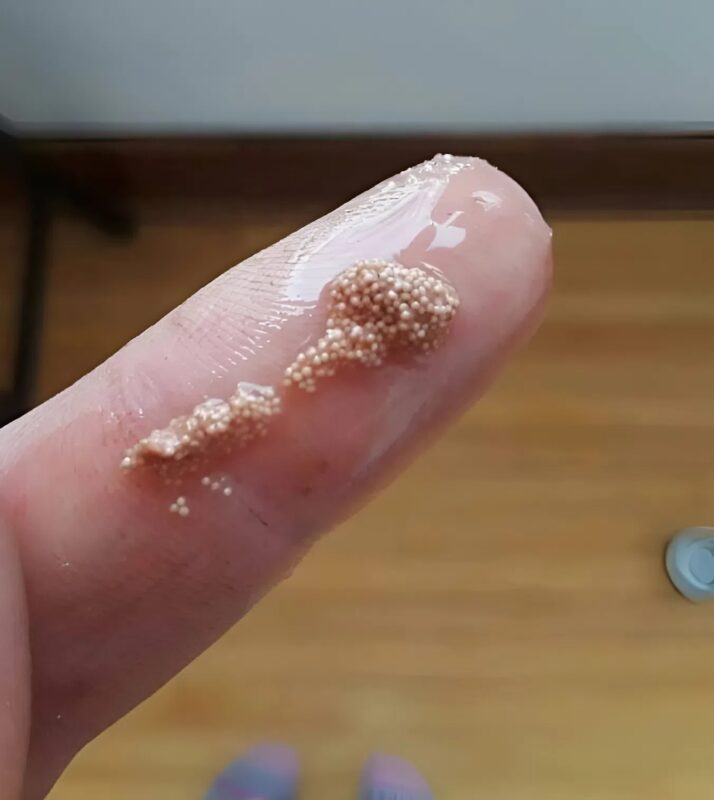
The presence of these white specks is not related to the egg being spoiled. As long as the egg is fresh, has no suspicious smell, and the shell is intact, you don’t need to worry about consuming it. These small formations don’t mean the egg is unfit for consumption. In fact, many people simply cook the egg as usual, as the chalazae and other protein deposits cook and dissolve, becoming unnoticeable. Others might choose to carefully remove them with a spoon, which is perfectly fine, though unnecessary.
Understanding the Chicken’s Role
The formation of these deposits can sometimes be linked to the chicken’s diet or even periods of stress, but this is a natural process and not a cause for concern. It’s simply part of how an egg is made.
Ultimately, “Even the most ordinary products can sometimes surprise us.” The key is not to jump to conclusions. If you ever encounter this phenomenon, you can now feel confident knowing that what you’re seeing is a natural and harmless part of a fresh egg. “The main thing is not to jump to conclusions, but to try to understand what is happening.” This is a perfect example of a common household mystery with a simple, reassuring solution.

